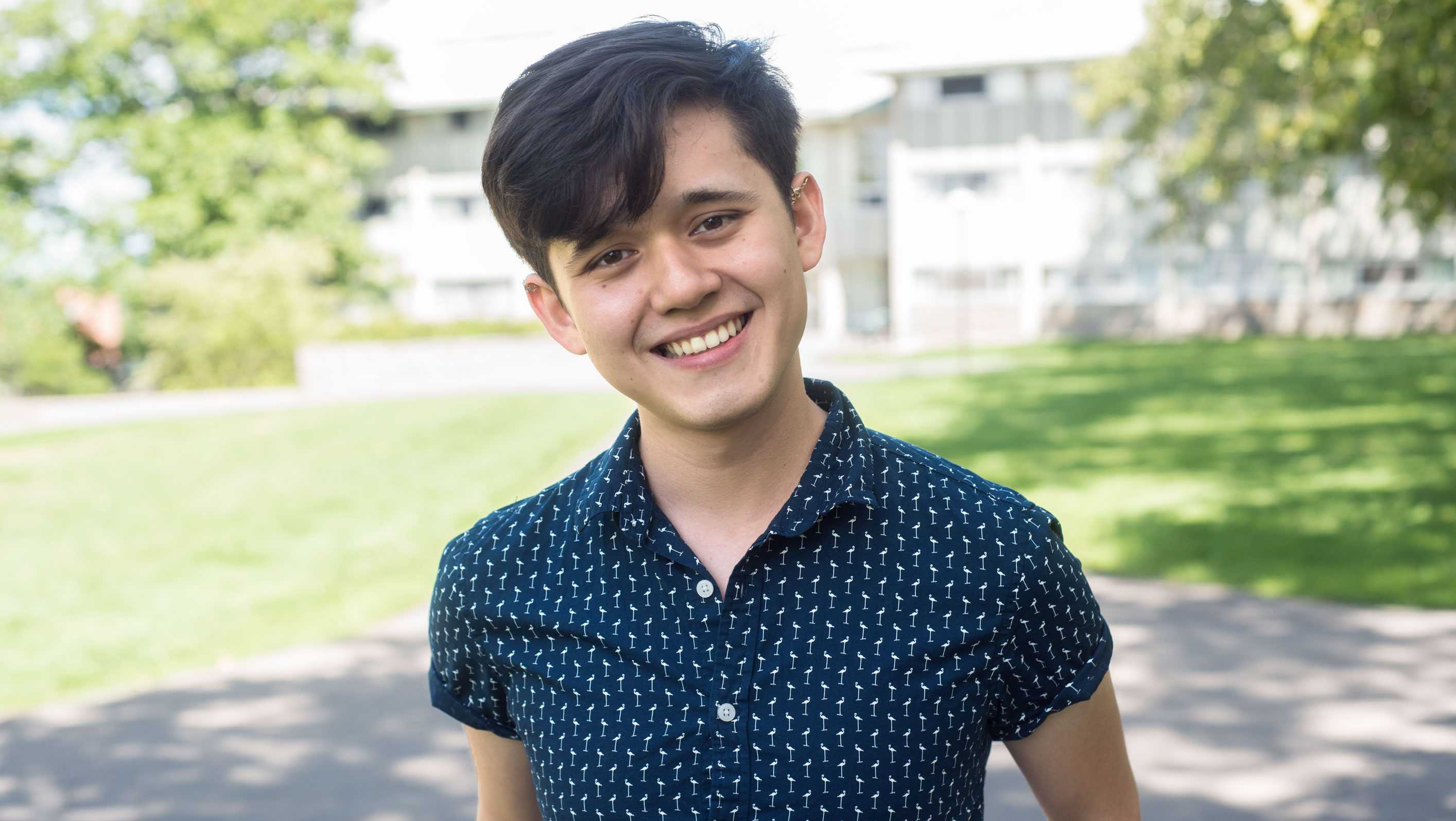Recognizing the Need to Support Multiracial College StudentsPosted in Articles, Campus Life, Media Archive, United States on 2016-08-25 13:22Z by Steven |
Recognizing the Need to Support Multiracial College Students
Insight Into Diversity
September 2016
Roughly 2.4 percent of Americans identified as multiracial in the 2000 census. In 2010, that number increased to 2.9 percent, and the U.S. Census Bureau predicts that individuals identifying as multiracial will dramatically rise in the following decades. This increase can in part be attributed to the U.S. Supreme Court’s decision to decriminalize interracial marriage in the case Loving v. Virginia, in 1967, sparking what many call the “multiracial baby boom.”
However, the U.S. census currently restricts individuals by allowing them to define themselves as being in only one of five racial categories; multiracial individuals often do not identify with these classifications because they adhere to multiple racial and cultural identities.
The rise in the number of young people who identify as multiracial presents higher education institutions with an opportunity to expand their racial categories to better serve this growing population and become more inclusive in the process…
Read the entire article here.

